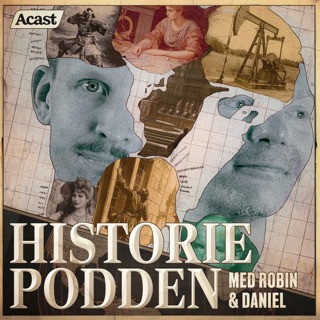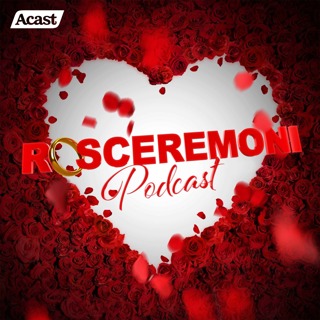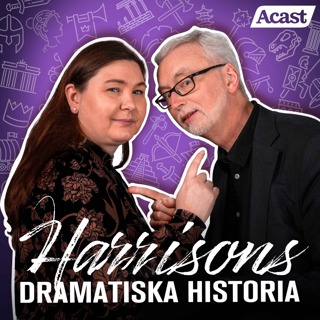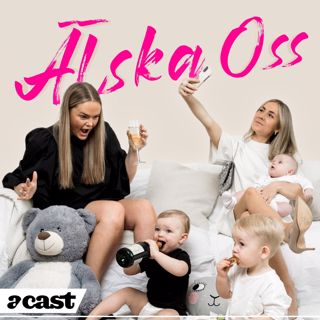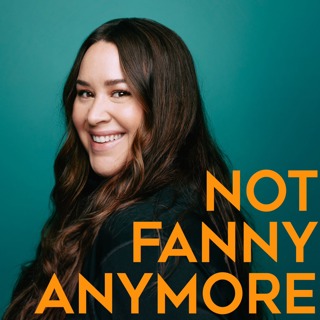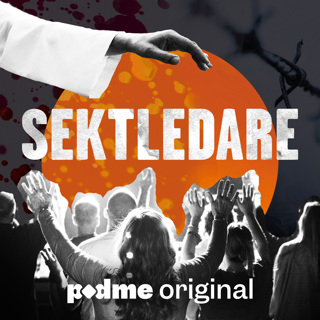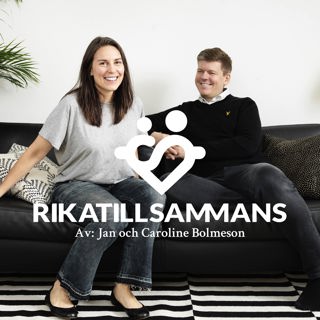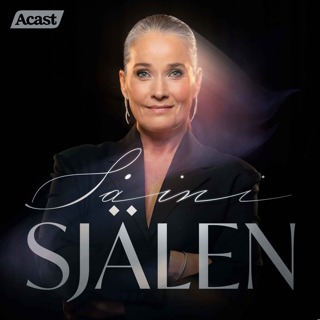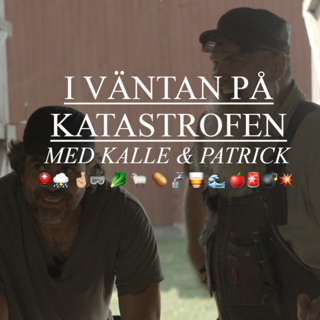
Episode 4 Preview - Novel Behavior and Lag Schedules
Next week's episode is all new...and all about novel behavior. Not novel: goofy claims from the anti-vaccine lobby in the form of a new "documentary". Much teasing of anti-science ensues. To help you get prepared for the full episode, here are the articles we'll be discussing: Goetz, E.M. & Baer, D.M. (1973). Social control of form diversity and the emergence of new forms in children's blockbuilding. Journal of Applied Behavior Analysis, 6, 209-217. doi: 10.1901/jaba.1973.6-209 Cammillieri, A.P. & Hanley, G.P. (2005). Use of a lag differential reinforcement contingency to increase varied selections of classroom activities. Journal of Applied Behavior Analysis, 38, 111-115. doi: 10.1901/jaba.2005.34-04 Esch, J.W., Esch, B.E., & Love, J.R. (2009). Increasing vocal variability in children with autism using a lag schedule of reinforcement. The Analysis of Verbal Behavior, 25, 73-78. Don't forget to leave a review on iTunes for a chance to win a free CE! Well, the cost is "free"; the knowledge must be earned.
13 Apr 201613min

Episode 3 - Social Stories
This week we bring you the maaaaaagic of stories as we discuss the use of social stories in skill instruction. Will these popular and easy-to-create documents prove successful in training children to engage in more prosocial skills? Or will social stories turn out too good to be true. All this plus Rob talks Muppet eye contact, Jackie engages in literal potty talk, and Diana sums it all up with a Little Critter metaphor. Don't forget the "Leave a Review on iTunes" contest. Just by leaving us a review, you're entered into the random drawing where the prize is a free CE! Well, the fee is waived...you still have to listen to the show and such. I consider that a double-prize! You've got until next week's preview episode (April 13th). Good luck! Articles reviewed this episode: Crozier, S. & Tincani, M. (2007). Effects of social stories on prosocial behavior of preschool children with autism spectrum disorders. Journal of Autism and Developmental Disorders, 37(9), 1803-1814. Thiemann, K.S. & Goldstein, H. (2001). Social stories, written text cues, and video feedback: Effects on social communication of children with autism. Journal of Applied Behavior Analysis, 34(4), 425-446. If you're interested in ordering CEs for listening to this episode, click here to go to the store page. You'll need to enter your name, BCBA #, and the two episode secret code words to complete the purchase. Email us at abainsidetrack@gmail.com for further assistance.
6 Apr 20161h 18min

Episode 3 Preview
Time for another fun preview episode! We let our hair down to celebrate the lack of any ErRATta this week (that we know of!) and prepare to talk about social stories. Feel free to email us your favorite social stories and we'll read them on the show. Next week's articles: Crozier, S. & Tincani, M. (2007). Effects of social stories on prosocial behavior of preschool children with autism spectrum disorders. Journal of Autism and Developmental Disorders, 37(9), 1803-1814. Thiemann, K.S. & Goldstein, H. (2001). Social stories, written text cues, and video feedback: Effects on social communication of children with autism. Journal of Applied Behavior Analysis, 34(4), 425-446.
30 Mars 20163min

Episode 2 - Conditioned Reinforcers in the Social Setting
In this episode, Rob, Diana, and Jackie review research on establishing conditioned reinforcers through social means. Topics include using pairing to make praise reinforcing and learning that books can be reinforcing through observation of another person. We also discuss our favorite novel praise statements and get to the bottom of Rob's spending habits. Articles reviewed: Dozier, C. L., Iwata, B. A., Thomason-Sassi, J., Worsdell, A. S., & Wilson, D. M. (2012). A COMPARISON OF TWO PAIRING PROCEDURES TO ESTABLISH PRAISE AS A REINFORCER. Journal of Applied Behavior Analysis, 45(4), 721–735. doi: 10.1901/jaba/2012.45-721 Singer-Dudek, J., Oblak, M., & Greer, R. D. (2011). ESTABLISHING BOOKS AS CONDITIONED REINFORCERS FOR PRESCHOOL CHILDREN AS A FUNCTION OF AN OBSERVATIONAL INTERVENTION. Journal of Applied Behavior Analysis, 44(3), 421–434. doi.org/10.1901/jaba.2011.44-421 If you're interested in ordering CEs for listening to this episode, click here to go to the store page. You'll need to enter your name, BCBA #, and the two episode secret code words to complete the purchase. Email us at abainsidetrack@gmail.com for further assistance.
23 Mars 20161h 6min

Episode 2 Preview
In between our full episodes, we'll be recording short preview episodes to talk briefly about the next week's topic and/or whatever else comes to mind. This preview, we introduce "ErRATta", a segment putting the spotlight on the previous episode's errors. Let's hope this section never returns! Next week's articles cover conditioned reinforcers in the social setting. We'll be discussing the following: Dozier, C. L., Iwata, B. A., Thomason-Sassi, J., Worsdell, A. S., & Wilson, D. M. (2012). A COMPARISON OF TWO PAIRING PROCEDURES TO ESTABLISH PRAISE AS A REINFORCER. Journal of Applied Behavior Analysis, 45(4), 721–735. doi: 10.1901/jaba/2012.45-721 Singer-Dudek, J., Oblak, M., & Greer, R. D. (2011). ESTABLISHING BOOKS AS CONDITIONED REINFORCERS FOR PRESCHOOL CHILDREN AS A FUNCTION OF AN OBSERVATIONAL INTERVENTION. Journal of Applied Behavior Analysis, 44(3), 421–434. doi.org/10.1901/jaba.2011.44-421
16 Mars 20167min

Episode 1 - Infant Behavior
For our inaugural episode, Rob, Diana, and Jackie talk about research regarding infants including the impact of crying on caregiver behavior and the use of high-preference items to increase infant compliance. Articles reviewed include: Kadey, H. J., & Roane, H. S. (2012). Effects of access to a stimulating object on infant behavior during tummy time. Journal of Applied Behavior Analysis, 45(2), 395–399. Thompson, R. H., Bruzek, J. L., & Cotnoir-Bichelman, N. M. (2011). The role of negative reinforcement in infant caregiving: An experimental simulation. Journal of Applied Behavior Analysis, 44(2), 295-304. If you're interested in ordering CEs for listening to this episode, click here to go to the store page. You'll need to enter your name, BCBA #, and the two episode secret code words to complete the purchase. Email us at abainsidetrack@gmail.com for further assistance.
8 Mars 20161h 5min

Episode 0 - Getting On the Inside Track
A short introductory episode about the podcast format, our plans for the show, our expectations of the audience, and how to apply for CEUs.
7 Mars 20167min



